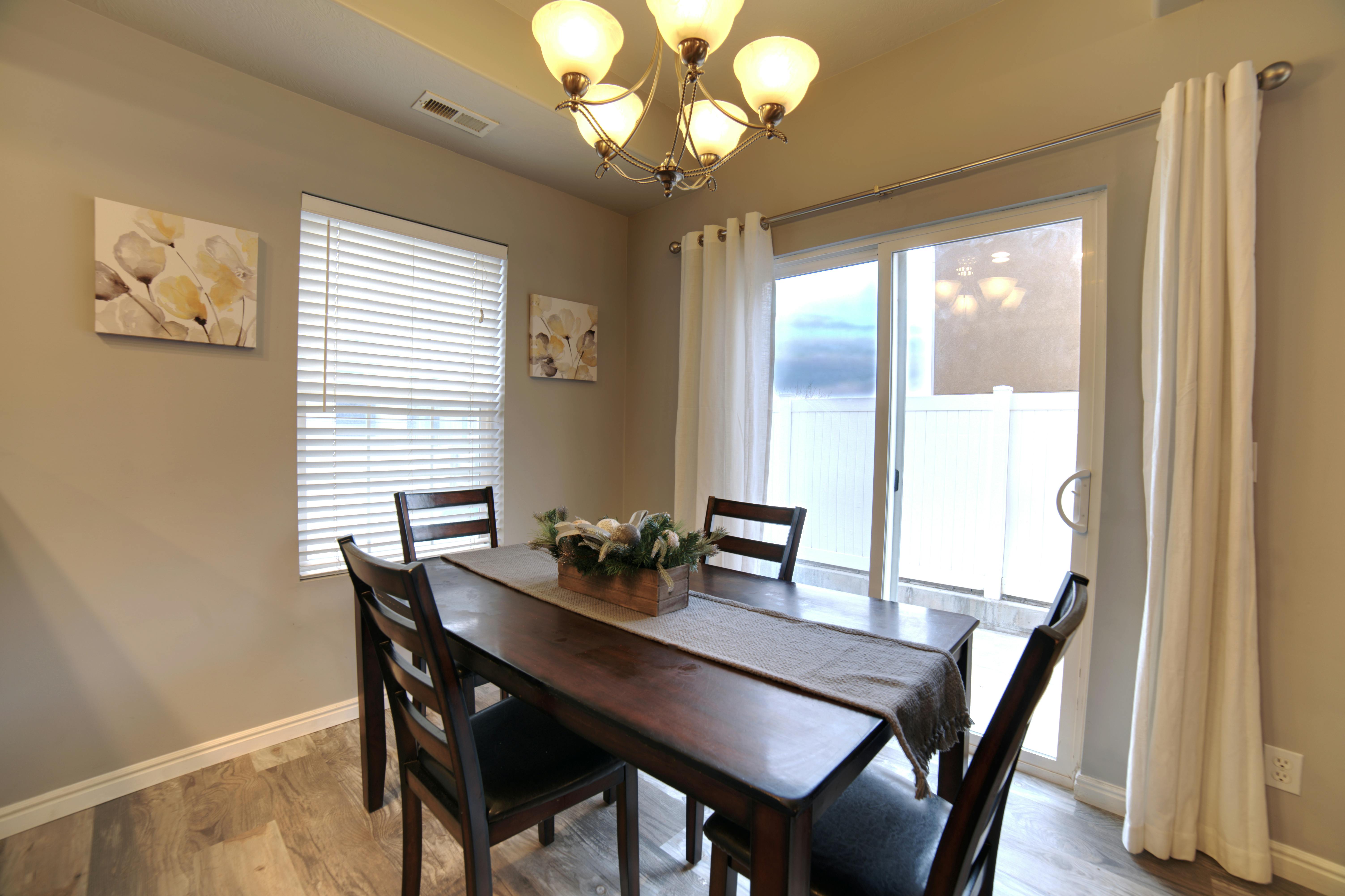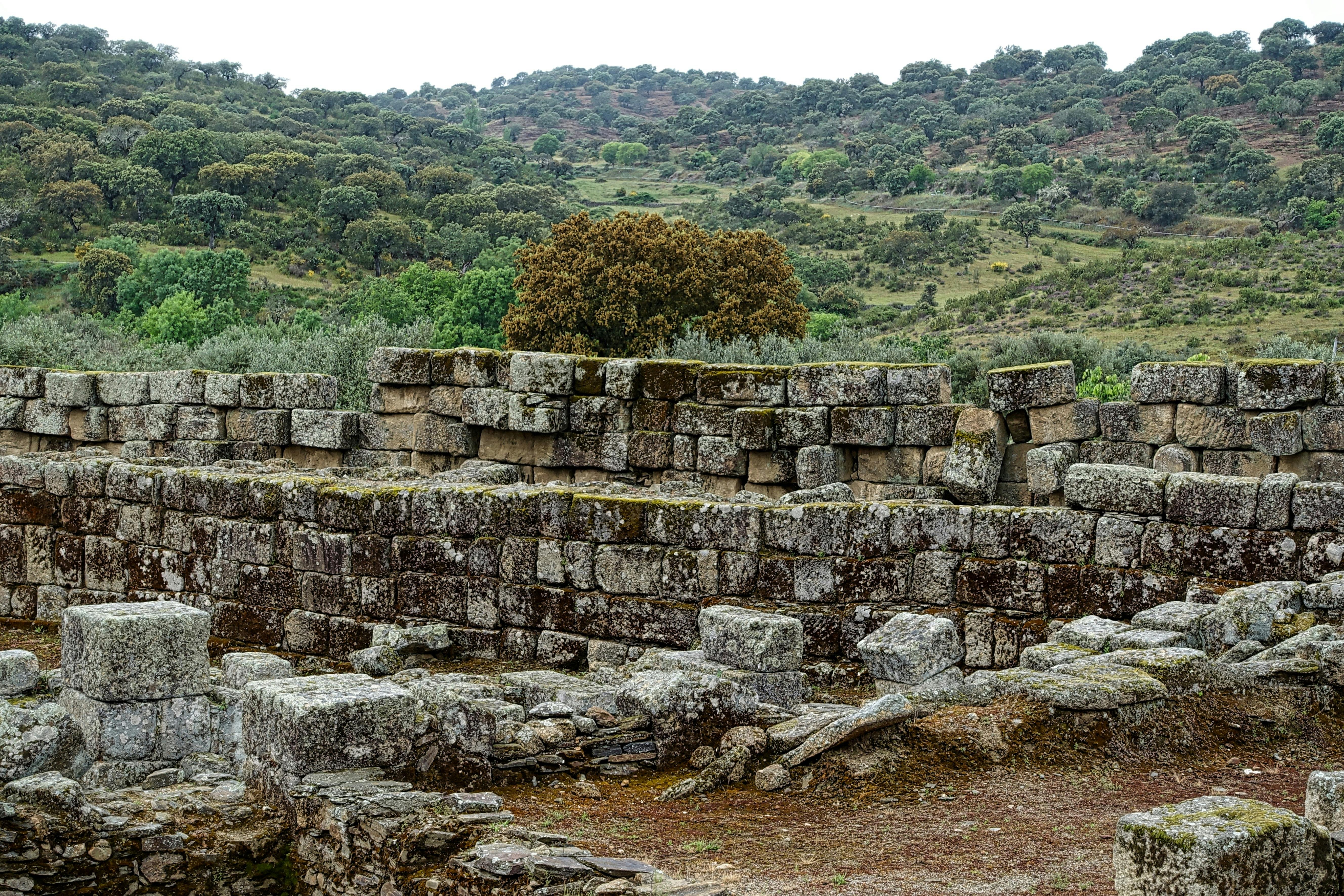Amsterdam’s unique position has made water and bridges of vital importance among the historic cities of the north. Along the banks of the Amstel River a city developed that depended on water for its survival. There was a time when water was even more important than dry land. The water was the characteristic that allowed the transport of merchandise, as well as keeping the enemy. In addition, it also added to the beauty of the city. It is quite evident that due to these reasons Amsterdam is called the Venice of the North.
Amsterdam is a city of water and, of course, of bridges. Amsterdam has no less than 1,281 bridges. Since the 17th century, a maze of canals has divided the center of Amsterdam into 90 islands. There are hundreds of bridges linking the islands. The canals have made Amsterdam famous. It is quite evident that the city has more canals than Venice and more bridges than Paris. In general, some of the bridges in the city center are romantically illuminated at night.
The history of Amsterdam can be seen as a history of bridges from a certain point. To begin with, wooden bridges were built, following the model that was common in the Dutch countryside. They served to meet the needs of road traffic mainly in areas where east-west connections were of vital importance. Its purpose was entirely practical. The main importance was given to function rather than form. The water was crossed by wooden beams that served as rafters. Wood planks along the beams created a passable road surface. Whenever the length of the span required additional support, one or more trusses (interconnected wooden beams reinforced with corbels) were built.
The urbanization of the city with modern times and the increasing prosperity were instrumental in the development of the brick bridge. Brick replaced wood and the arched bridge with its elegant masonry replaced its wooden predecessor, leading to the idea that bridges were conceived as integrated architectural designs. The advent of the brick arched bridge coincided with a more conscious approach to urban development. The bridges became an integral part of the canal ring.
The bridges that cross the canals of Amsterdam are a wonderful place for sightseeing: the canal, the tree-lined streets, the daily life of the locals, the typical houses by the water, the bicycles. In addition, they also provide a beautiful scenic background for photos or a useful place to take pictures. There are so many famous bridges that cross the canals of the city. At every corner, one turns and finds another bridge leading as the city of Amsterdam calls out for more.
One of the most famous canal sights in Amsterdam is the alignment of seven consecutive bridges that can be seen adorning Reguliersgracht. The old town of Amsterdam has a bridge from which you can see no less than fifteen bridges. One can enjoy this unique view from the bridge at the corner of Reguliersgracht and Herengracht. At night, the show is extra special as the arched bridges are lit up with hundreds of fairy lights.
One of the most important landmarks in Amsterdam is The Skinny Bridge or Magere brug. The fact is that it is one of the most beautiful bridges in the capital of the Netherlands. The Skinny Bridge lights up romantically at night with thousands of fairy lights. It is very popular among lovers and photographers illuminated with hundreds of lights.



